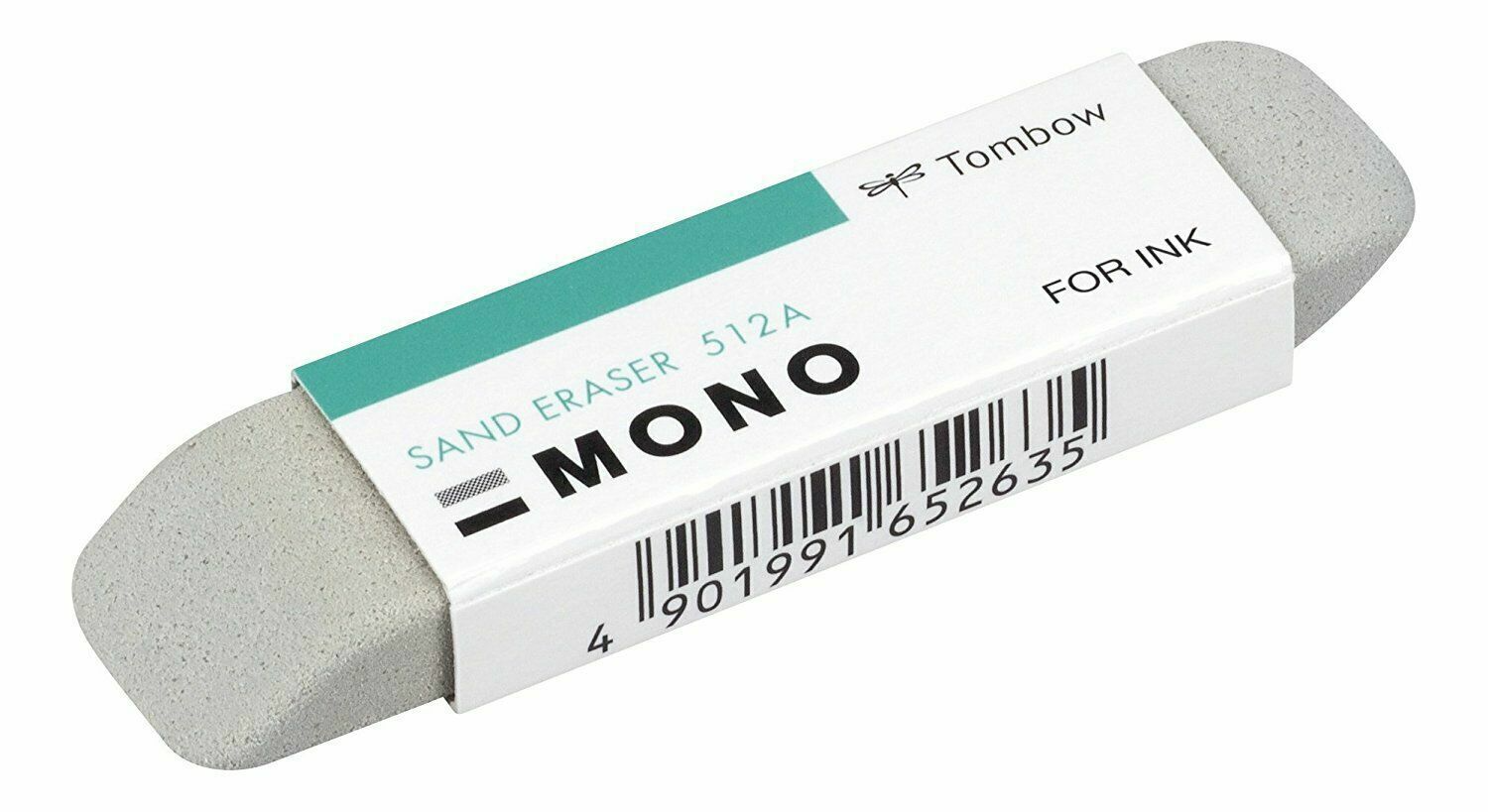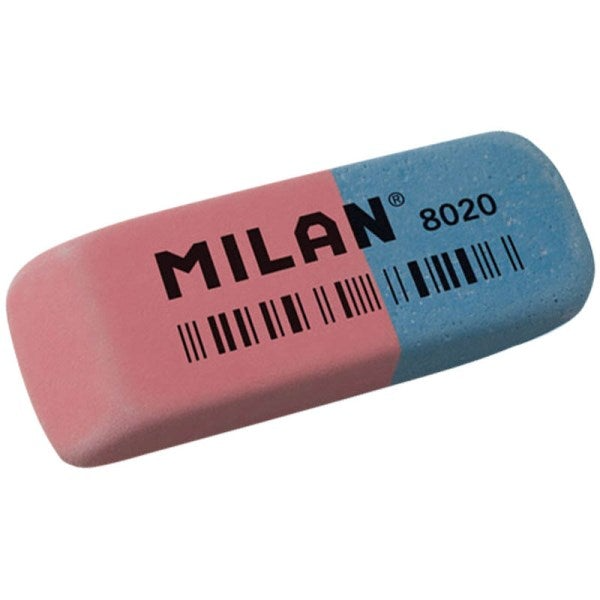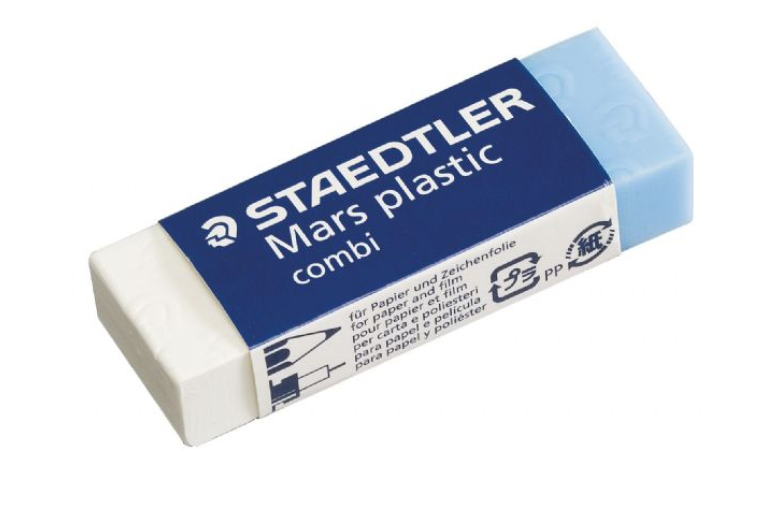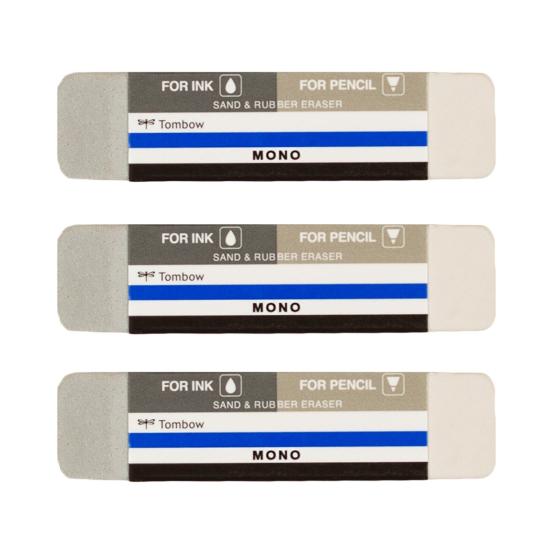Throughout history, the act of writing has been central to communication, creativity, and documentation. However, with the creation of every written word comes the possibility of errors. In response to this inevitable aspect of human expression, ink erasers have emerged as indispensable tools for correcting mistakes and refining the written and artistic works of individuals across the globe. This comprehensive exploration will delve into the origins, evolution, science, and significance of ink erasers, shedding light on their enduring legacy and ongoing role in facilitating precision and perfection in the realms of writing and art.
The Birth of an Essential Tool:
Understanding the Need for Ink Erasers
The introduction of ink erasers can be traced back to the fundamental human desire for precision and accuracy in written communication. Throughout history, as individuals endeavored to convey their thoughts, ideas, and emotions through the written word, the inevitability of making mistakes became a constant challenge. Whether in the context of formal documents, personal correspondence, or creative expression, the need to correct errors and refine the clarity and presentation of written content became increasingly apparent. As a result, the concept of an ink eraser—a tool capable of selectively removing ink from paper—was born out of the necessity to address and rectify these imperfections.
Innovative Design and Functionality of Ink Erasers
Over time, ink erasers have undergone significant advancements in design and functionality, evolving from rudimentary manual correction methods to sophisticated, precision-engineered tools. Modern ink erasers are characterized by their ergonomic designs, specialized erasing compounds, and application-specific features that cater to the diverse needs of writers, artists, and professionals. While traditional ink erasers relied on abrasive materials and physical friction to remove ink, contemporary iterations employ chemical reactions and specialized erasing agents to delicately lift ink from the surface of paper without causing damage or discoloration.
From Traditional to Modern: The Evolution of Ink Erasers
The evolution of ink erasers represents a transition from manual correction techniques, such as blotting and scraping, to the development of purpose-built erasing instruments tailored to specific types of ink and paper. Early ink erasers were often rudimentary, consisting of abrasive materials or rough-textured surfaces that could abrade the ink from the paper. However, as technological advancements and material innovations expanded the possibilities for erasing solutions, ink erasers evolved to encompass a wide range of products, including erasing pens, erasing fluids, and precise eraser-tipped implements designed for detailed corrections in both writing and art.
The Science Behind Ink Erasers: How Do They Work?
At the core of ink erasers lies a delicate interplay of chemical and mechanical processes that enable the selective removal of ink from paper. Modern ink erasers leverage specialized compounds that interact with the ink, breaking down its bond with the paper fibers and allowing it to be lifted or absorbed by the eraser material. Additionally, the mechanical action of the eraser, whether through friction or controlled application, aids in dislodging the ink particles and transferring them away from the surface, leaving behind a clean and corrected area. Understanding the science behind ink erasers illuminates the precision and intricacy of their operation, reflecting the careful balance between effectiveness and preservation of the underlying writing or artwork.

The Versatile Applications of Ink Erasers in Writing and Art
Ink erasers serve as indispensable tools across a diverse spectrum of applications, playing pivotal roles in writing, drawing, drafting, and artistic expression. Writers and students benefit from the ability to correct errors in handwritten and printed text, ensuring clarity and professionalism in their written work. Likewise, artists rely on ink erasers to refine sketches, correct minor imperfections, and achieve the desired level of detail and precision in their drawings and illustrations. Furthermore, professionals in fields such as architecture, design, and engineering utilize specialized ink erasers to make precise corrections and alterations to technical drawings and blueprints, underscoring the universal relevance and impact of ink erasers in creative and professional endeavors.
The Art of Precision: Techniques for Effective Ink Erasing
Achieving flawless ink erasing requires a mastery of techniques and strategies tailored to the specific characteristics of the ink, paper, and eraser being used. Depending on the nature of the correction and the desired outcome, individuals may employ gentle, circular motions for light corrections, or targeted, controlled movements for more intricate and detailed erasing. Additionally, understanding the properties of different eraser compounds and formulations enables users to select the most suitable eraser for the task at hand, ensuring optimal results with minimal impact on the surrounding areas. By honing the art of precision in ink erasing, individuals can elevate the quality and presentation of their written and artistic works, attaining a level of refinement and excellence that enhances the overall impact and readability of their creations.
Environmental Impact and Sustainability Considerations in Ink Eraser Manufacturing
In recent years, the environmental impact and sustainability of ink erasers have become focal points in the manufacturing and usage of these essential tools. As awareness of ecological conservation and responsible consumption grows, manufacturers have sought to develop erasers using eco-friendly materials and production processes, minimizing the environmental footprint of ink eraser manufacturing. Furthermore, advancements in eraser composition and formulation have led to the creation of environmentally conscious erasers that exhibit reduced levels of waste and pollution, aligning with the global movement towards sustainable and recyclable products. By prioritizing eco-friendly practices and materials, the ink eraser industry is contributing to a more sustainable and harmonious relationship between innovation and environmental stewardship.
Ink Erasers: A Catalyst for Creativity and Productivity
The role of ink erasers extends beyond mere correction and refinement, serving as catalysts for enhanced creativity and productivity in writing and art. By providing individuals with the means to rectify errors and fine-tune their creations, ink erasers foster an environment of experimentation, exploration, and fearlessness in the pursuit of perfection. Writers are empowered to craft their narratives with confidence, knowing that any mistakes can be effortlessly corrected, while artists are emboldened to push the boundaries of their creativity, unhampered by the fear of imperfection. Moreover, the accessibility and effectiveness of ink erasers inspire individuals of all ages and backgrounds to engage in the expressive act of writing, drawing, and ideation, fostering a culture of continuous learning, self-expression, and personal growth.
Challenges and Innovations in Ink Eraser Technology
Despite the remarkable advancements in ink eraser technology, challenges and opportunities for improvement continue to shape the landscape of erasing solutions. One such challenge lies in the development of erasers capable of effectively removing a wide array of ink formulations, including permanent and water-resistant inks, without compromising the integrity of the paper or underlying layers. Addressing this challenge necessitates the ongoing exploration of innovative erasing compounds and materials that can safely and efficiently interact with a broad spectrum of ink types. Additionally, advancements in precision erasing tools, such as erasing pens and micro-tip erasers, present opportunities for further refinement and specialization, catering to the nuanced requirements of professionals and artists seeking unparalleled control and accuracy in their corrections and adjustments.
Conclusion:
The Enduring Legacy of Ink Erasers
In conclusion, the enduring legacy of ink erasers stands as a testament to the unwavering commitment to precision, excellence, and creativity in the realms of writing and art. From their humble origins to the modern era, ink erasers have continuously evolved, adapting to the changing needs and aspirations of individuals seeking to communicate, express, and create with utmost clarity and finesse. As ink erasers continue to shape the landscape of writing and artistic expression, their legacy endures as a symbol of resilience, adaptability, and innovation—a timeless companion to those who dare to leave their mark on the canvas of human thought and imagination. Embracing the enduring legacy of ink erasers, we celebrate the power of perseverance, refinement, and the pursuit of perfection in the noble craft of storytelling, expression, and creation.




